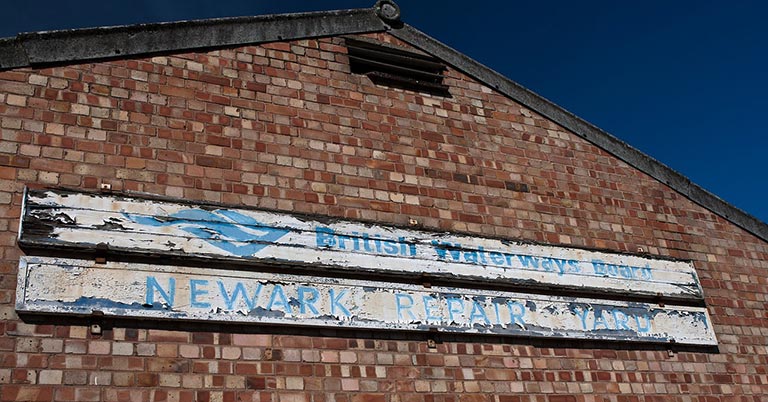hidden
We have over 20 years' of experience.

We have over 20 years' of experience.


By James
Category: Industry
Over the decades, asbestos has been extensively used in various products, resulting in a legacy of potential health hazards. It's crucial to be asbestos-aware, which includes understanding what asbestos looks like. In this guide, we aim to provide visual insights into different asbestos-containing materials used in the UK.
Asbestos is a naturally occurring silicate mineral, specifically a chain silicate. Silicates are among the most common mineral types on Earth. Asbestos is extracted from the ground through a process similar to mining other minerals like coal and talc.
Once extracted, asbestos is crushed and milled to produce raw fibres that can be commercially utilised. These raw asbestos fibres were then integrated into thousands of materials, creating asbestos-containing products.
It's estimated that around 5,000 different asbestos products have been developed. This guide will help answer the question, "What does asbestos look like?" by showcasing various forms of asbestos and asbestos-containing materials.
Asbestos is a group of six naturally occurring minerals that were widely used in the UK for their insulating properties, durability, and heat resistance. However, prolonged exposure to asbestos fibres can lead to severe health issues, including asbestosis, lung cancer, and mesothelioma.
Below, we've highlighted various forms of asbestos and common asbestos-containing materials:
Asbestos materials can be found both indoors and outdoors. Common asbestos-containing materials include cement, insulating board, insulation, vinyls, resin, textured coatings, and sprayed coatings. Keep in mind that asbestos ceased to be used in the UK in 1999. Any building constructed before that time may contain asbestos in some form.
It's important to note that while this guide helps visually identify suspected asbestos-containing materials, confirming asbestos fibre content requires professional testing and analysis. In cases where asbestos is suspected, it's best to call in professionals for asbestos testing and removal.
By educating yourself and seeking expert advice, you'll be better equipped to take the right course of action when dealing with suspected asbestos. If you come across any material you suspect contains asbestos, consider consulting professionals for testing and guidance to ensure your safety.
Asbestosis is a chronic condition characterised by persistent lung inflammation and scarring resulting from exposure to asbestos fibres. Common symptoms associated with asbestosis encompass breathlessness, coughing, wheezing, and a sensation of tightness in the chest. Additionally, individuals with this condition face potential complications, including the development of lung cancer, mesothelioma, and pulmonary heart disease.
Then please contact us, we would love to hear from and give any advice that you may need. The information you supply us will be kept in the strictest confidence and will not be passed on to any third parties
Read More